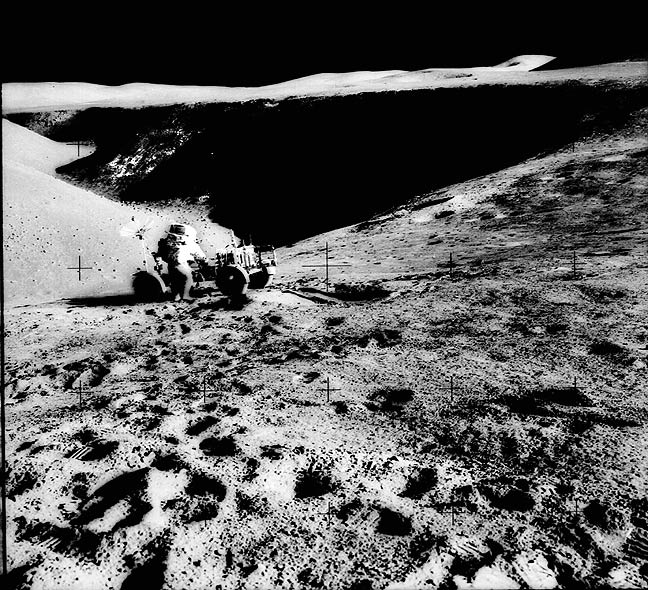We know that the moon is the only satellite of earth as well as the fifth largest satellite in the Solar system. For many years, the moon has been the favorite topic of many legends and myths which warn us of a full moon and how the cycle of moon controls many things in earth, etc.
Features of the Moon’s Surface
The surface of the moon is starkly different from that of the surface of earth. Unlike our planet which is dominated by oceans and continents, the surface of the moon is dominated by craters (circular pits which are formed as a result of impact of high speed interplanetary debris over billions of years ago). The craters of the moon are of different shapes depending upon angle of bombardment of the interplanetary debris on its surface. Scientists have found that the circular craters are formed as a result of overhead impact. On the moon there are even craters that are about 10 kilometers (6.2 miles) wide.
Central Peaks and Impact Basins
The moon's surface also includes central peaks which are mountains that are pushed upward by the pressure caused by impact blasts. Some of the largest impact features of the moon's surface are the enormous impact basins. They are great circular plains that lie about 300 to 1,000 kilometers (186.4 to 621.4 miles) across. There are about 2 to 3 dozens of these on the moon's surface. The greatest circular plain is found on the moon's “nearside” which is the hemisphere of the moon that faces Earth.
Maria (lowlands) and Highlands
The floors of basins of the moon adjacent to “nearside” are covered by dark colored rocks. These areas are particularly smooth and possess larger craters and are commonly known by the name Maria or lowlands. The highland occupies about 80% of the moon's surface and includes a number of ancient impact craters.

